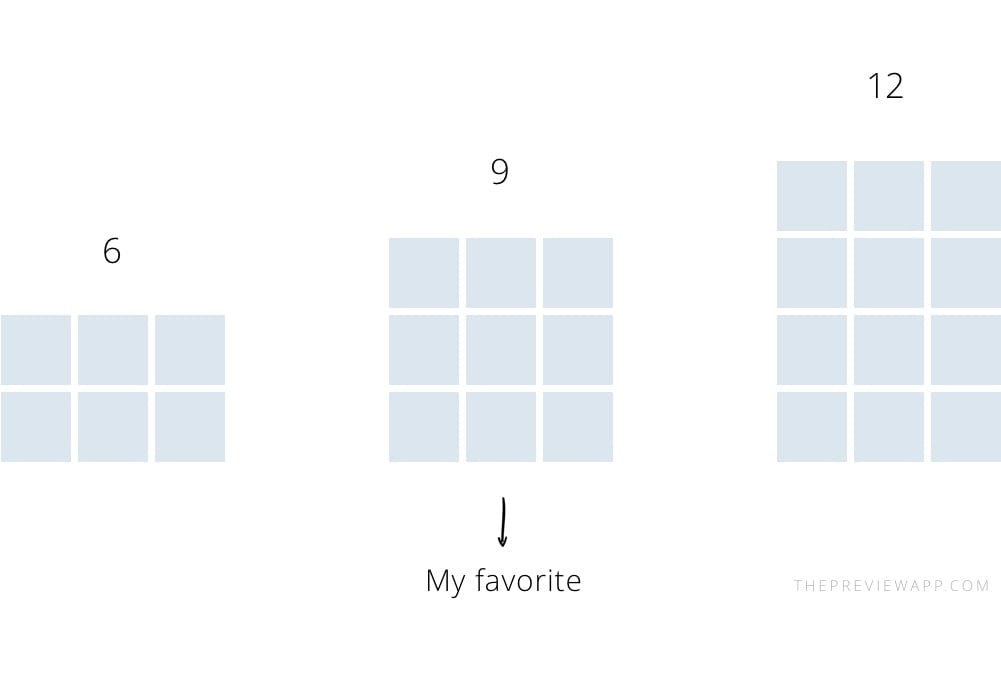


It would mean some extreme cropping, which basically would be tossing out resolution, and limited composition should those photos work in a square grid, with the square cropping out tops and bottoms of photos and possibly interesting subject matter in those parts of images. It would be even worse for Micro Four Thirds shooters whose cameras typically shoot in a 3:4 ratio when shot vertically. While that more vertically oriented grid might be great for vertical video shooters, it might not be so great for photographers, whose cameras natively shoot in a 2:3 ratio. Mosseri notes that Instagram is really going to be leaning into videos and messaging in the future, and since videos are usually 16:9 when horizontal and 9:16 when vertical, this could mean Instagram becomes more TikTok-like and adopts the grid for reels instead of the standard square grid it has been using forever. Coming to you from photographer and YouTuber Jonny Keeley, he offers some thoughts on what Instagram head Adam Mosseri's comments about testing (very) vertical 9:16 photos means.


 0 kommentar(er)
0 kommentar(er)
